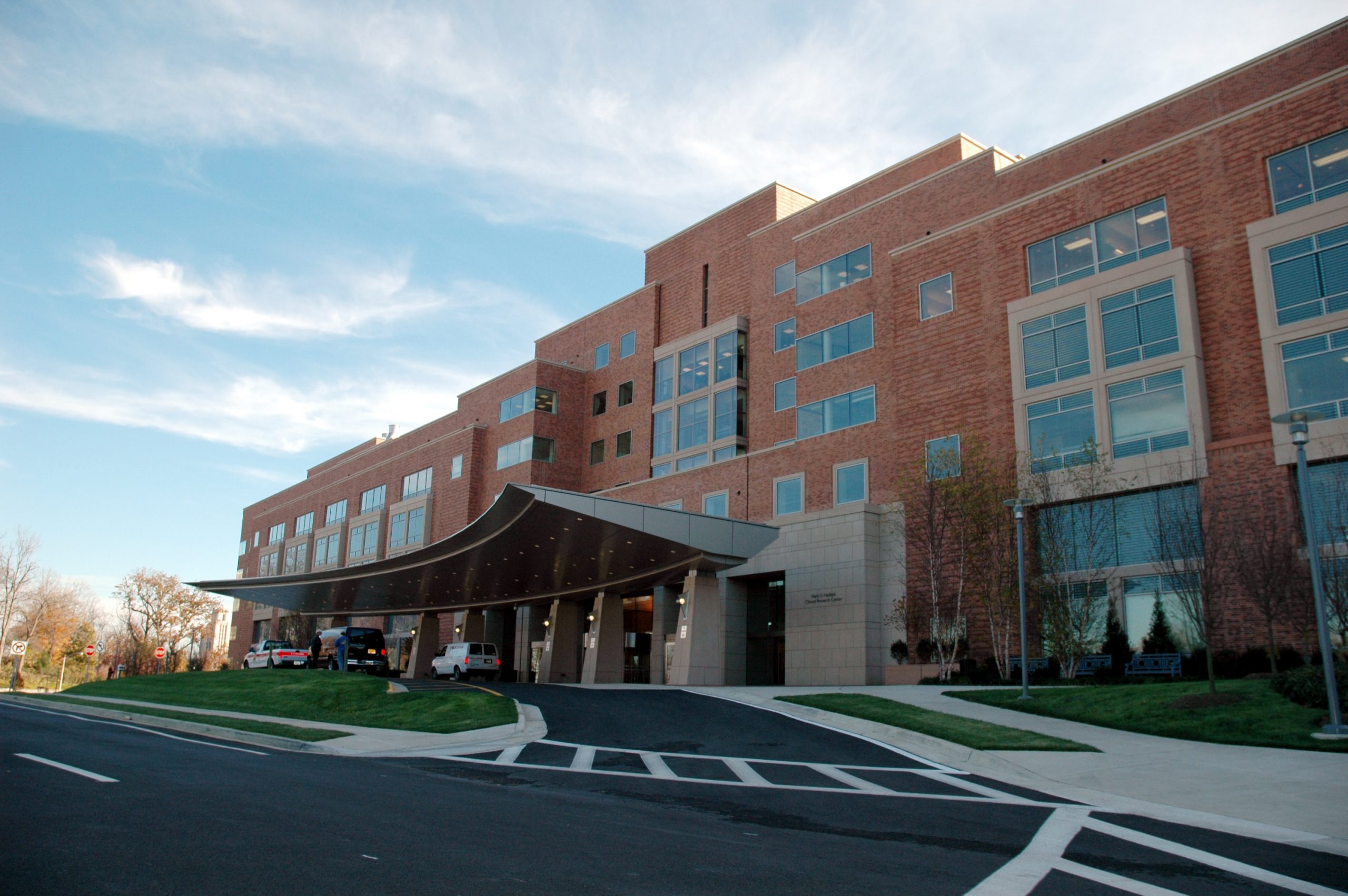The coronavirus pandemic continues to wreak havoc in various parts of the world. Despite the recent availability of vaccines, they will only start rolling out to other areas in the US and around the globe next year. Because of this, there continues to be a growing concern that many hospitals, specifically the ones in rural areas, may not have enough resources and a workforce to remain viable as cases continue to rise.
The Situation In Rural Areas
Rural hospitals continue to struggle with their finances. Since 2010, at least over 120 hospitals in rural areas have closed, with over 400 hospitals being financially strained.
In recent times, the COVID-19 pandemic has taken a huge swipe at rural hospitals even more. Individuals with chronic conditions are the most vulnerable populations to succumb to the pandemic, in which the Centers for Disease Control and Prevention (CDC) states that 80% of older adults in rural areas have at least one chronic disease.
Additionally, the behaviors of patients in rural areas play a significant role in their health, with some lacking access to healthy food and physical activity, while others would lean towards vices like smoking. These lifestyle choices, in combination with underlying chronic conditions, put rural patients at a higher risk of contracting COVID-19 and are more likely to suffer compared to individuals in urban areas.
Technology Is The Way
As the pandemic continues to affect everyone, it is showing Americans the problems in the healthcare system, which will have adverse lasting effects. However, there’s been a significant change in healthcare and its use of technology, specifically the widespread use of telehealth services.
Even if the COVID-19 virus fades away, there will still be the next pandemic, and no one knows how future viruses will affect the world. Now is the best time to develop strategies to protect vulnerable citizens by leveraging existing healthcare initiatives to focus on taking a more proactive approach to address citizens’ needs in rural areas.
The Centers for Medicare & Medicaid Services (CMS) has long been promoting preventative care initiatives. It has also provided financial incentives to healthcare providers who switch from conventional reactive care strategies to a more proactive one that is focused on protection and prevention.
This has brought on the rise of telehealth services that provides a chance to expand care to people in rural areas who have limited or no access at all to healthcare. With this, it can let healthcare professionals handle patient screening and post-care follow-up when a healthcare facility is overwhelmed.
The growing interest in telehealth is because it has the potential to eliminate the need for patients to travel and let healthcare workers monitor patients at a fraction of the time. By simply implementing telehealth services along with CMS preventive care initiatives for COVID-19, healthcare professionals in rural areas can detect the early warning signs of the virus and take the necessary action.
Conclusion
The future of rural healthcare will rely heavily on technology to ease the providers and patients’ burdens. For this reason, taking the proactive approach to investing in telehealth services during this time will go a long way and will carry over the next generations that will be better equipped should a new pandemic comes along.
If you are looking for the latest medical news, be sure to sign up for our newsletter at Dose of Healthcare today!


















